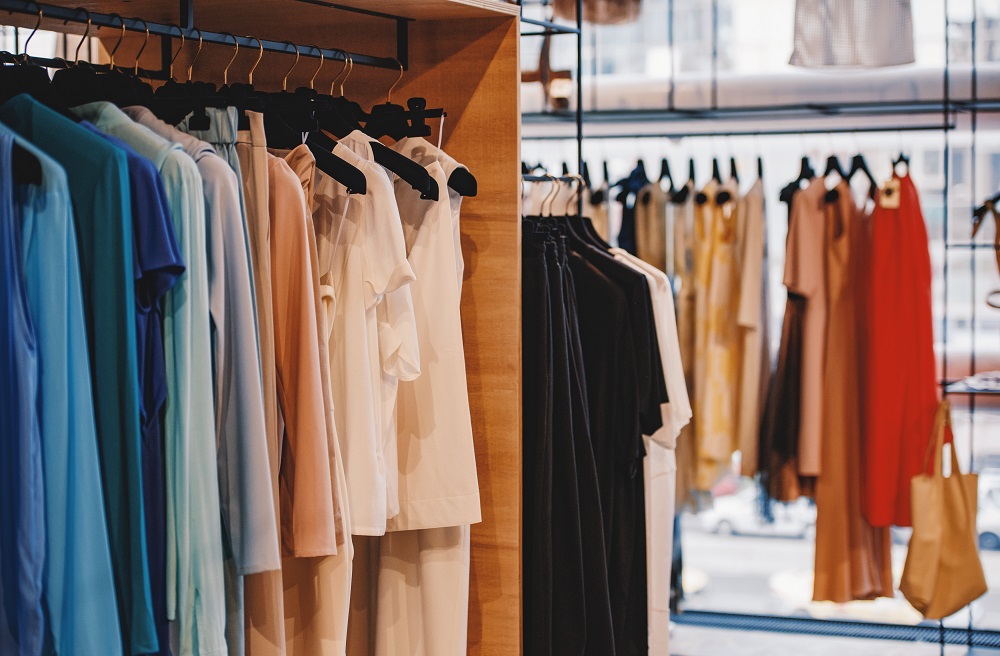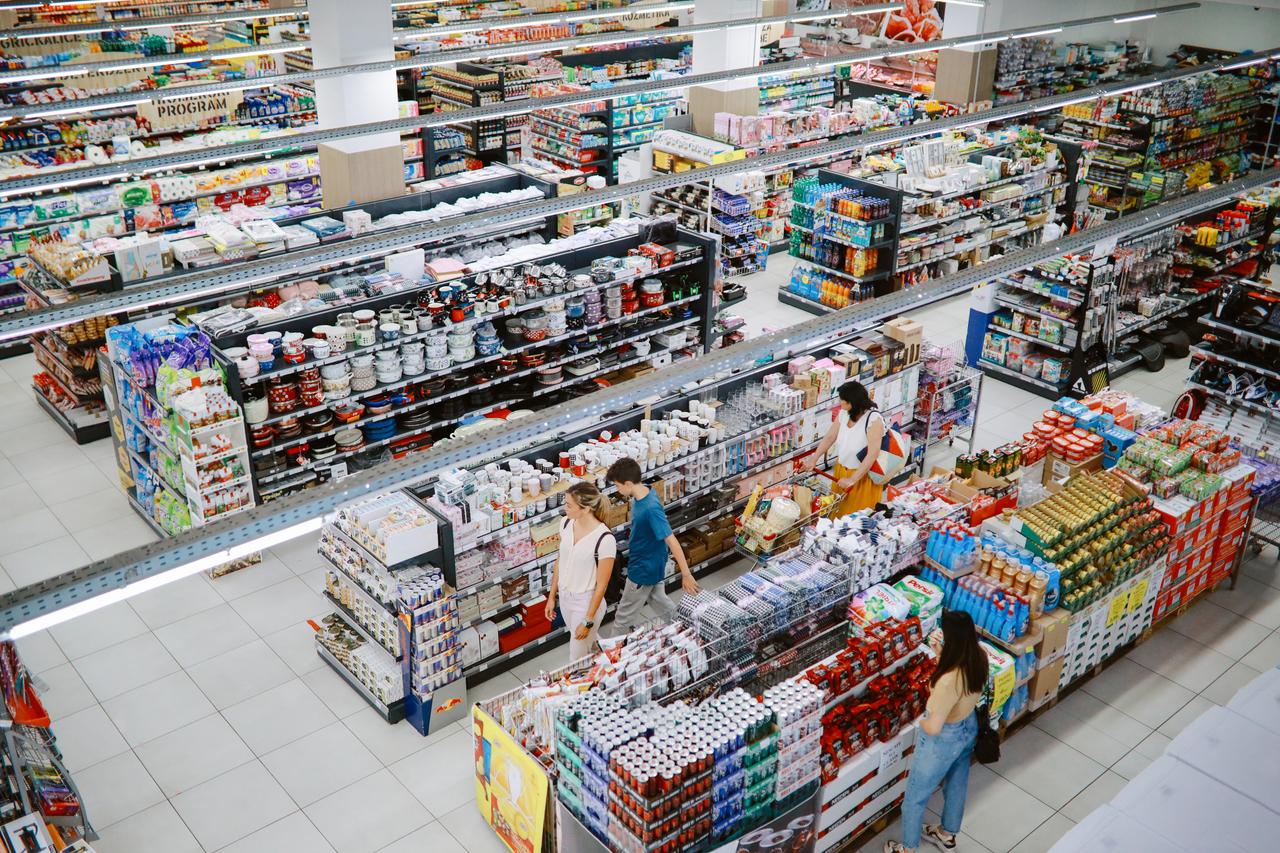Retailers in the fashion industry have emerged from the pandemic weakened. Turnover is clearly lower than in the period before the coronavirus. Consumer behaviour also seems to have changed. Our research department warns of an additional risk of bankruptcy in the fashion industry, especially for specialized fashion stores.
After the coronavirus crisis, the fashion industry has been hit again by the war in Ukraine. European consumer confidence has fallen sharply as a result. Fashion has been particularly affected by this. According to our economists, this could cut fashion spending in the EU by around €4.85 billion in 2022.




